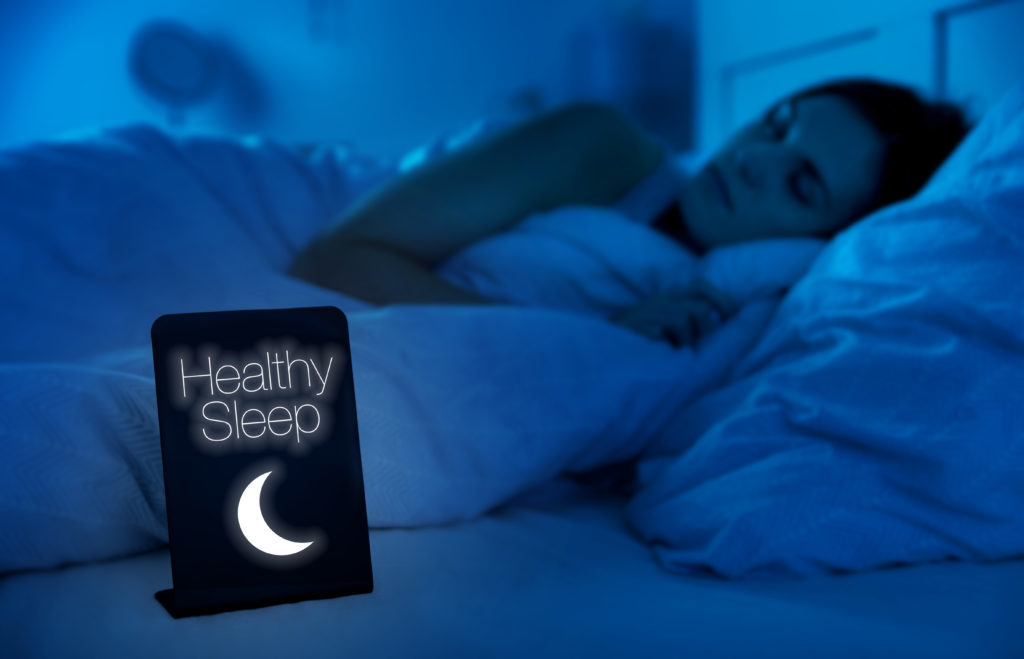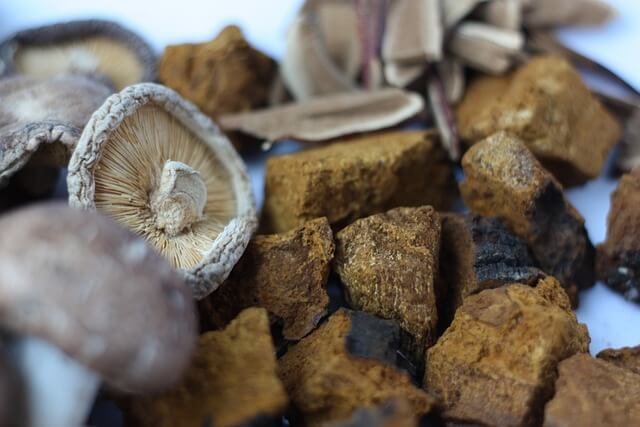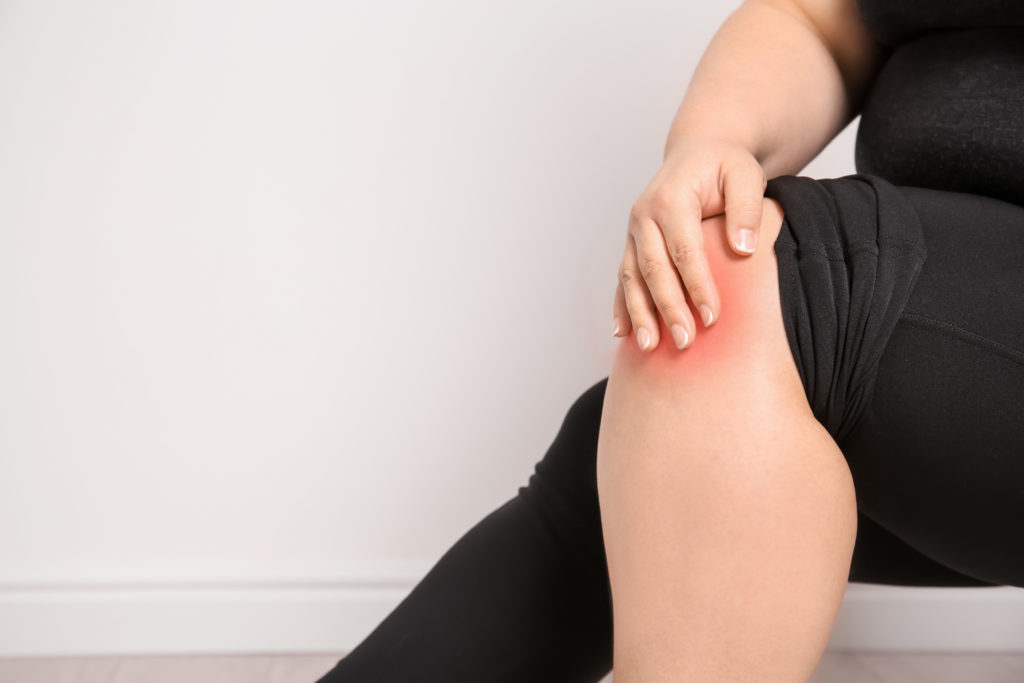A lot has been said about the immune system and how to strengthen it. There are countless books, articles, podcasts, and TV documentaries about it. Some doctors have devoted their entire careers to finding ways to boost and improve this amazing system, which does a remarkable job defending us against disease-causing pathogens. There are diets, herbal preparations, supplements, and vitamins explicitly designed to increase immunity.
But while the idea of supercharging the immune system might be enticing, it is only when you combine these immune-boosting strategies with healthy lifestyle factors that you can keep your immune system healthy and balanced.
Finding the right balance
A common misconception surrounding the immune system is that, in order to ward off disease, one must ‘boost,’ ‘strengthen,’ or make it more robust. But the truth is that an exceedingly strong immune system can be just as bad as a weak one, as too much of an immune response can actually encourage the body to attack itself resulting in an auto-immune disease like rheumatoid arthritis, where the immune system targets and promotes inflammation in healthy tissue. But when you don’t get enough sleep, you become more vulnerable to diseases.
Instead, we should strive for a more balanced immune system, one that can identify and attack harmful microorganisms without turning against its own cells and tissues. This is where healthy lifestyle habits come in.
The immune system is not an organ or even a collection of organs in and of itself. Rather, it is a network of cells, organs, and tissues that work together to protect the body from external invaders. This means that we must maintain a fine balance between all these organs, cells, and tissues for the immune system to work correctly.
However, when you think about living a healthy lifestyle, what are the first things that come to mind? Most people would say a healthy diet and regular exercise, neglecting one of the most important components of a person’s overall health: sleep. Sleep is a vital function that has been long overlooked by patients and health experts alike, until recently.

Sleep and the immune system
Several studies have looked at the relationship between sleep and immunity, finding that the two might be more connected than originally thought. Research shows that people who don’t get enough sleep or are sleep deprived are more likely to catch a cold or get sick after being exposed to a virus. It can also affect how long it takes you to get better and how often you get sick.
A study led by sleep investigators at UC San Francisco reported that people who sleep six hours or less are four times more likely to get sick when exposed to the common cold virus, compared to those who slept seven or more hours per night. Another study, this one conducted in Germany, found that sleep is vital for regulating T cells, a type of white blood cell essential for immune function.
Immune chemicals may also be closely intertwined with your nightly slumber. Every evening as your body shuts down for the night your brain goes through a series of predictable cycles of electrical activities known as the “phases” or “stages” of sleep. During these stages, your body fulfills essential tasks, like regenerating your muscles and tissues, consolidating memories in your brain, and strengthening your immune system. . Cytokine is the general term for a cluster of chemicals that carry out a number of important jobs, like aiding cellular communication during immune responses and mediating and regulating inflammation. When you get a full night’s sleep (i.e., you go through all the stages of the cycle and reach deep sleep), your immune system gets the chance to produce and release cytokines, a type of protein that acts as a chemical messenger and is secreted directly into the tissues and bloodstream. Cytokines bind to immune cell receptors and trigger an immune response targeting infection and inflammation.
The immune system raises certain cytokines in response to infections, stress, inflammation, and trauma. But if you don’t get enough sleep, your immune system doesn’t get the chance to produce these cytokines, potentially leaving you more vulnerable to harmful pathogens.
Sleeping also increases T cell production, which plays an essential role in protecting you against viruses. T cells contribute to the body’s immune response when a potentially harmful foreign body enters the system. These immune cells recognize pathogens then activate integrins, which are a type of protein that allows T cells to attach to and tackle their targets. In fact, research has shown that quality sleep can increase your T cell’s ability to fight off infections. In addition, infection-fighting antibodies and cells are reduced during periods when you don’t get enough sleep.
The coronavirus pandemic has changed life as we know it. These are uncertain and confusing times for everybody, and it’s normal if you are finding it harder and harder to sleep at night. But getting a good night’s sleep is more important now than ever, as research shows that poor sleep is associated with increased vulnerability to infectious diseases and viruses. Lack of sleep can also affect how fast you recover if you do (Keep reading to get the list of supplements for building a strong immune system.)

In addition to building a strong immune system, the benefits of healthy sleep include
- Maintain a consistent sleep and wake schedule.
- Avoid alcohol in the last hour before bed.
- Avoid stimulants like caffeine up to 8 hours before bed.
- Try breathing and relaxation exercises
- Don’t eat large or heavy meals at night
- Don’t use screens (computer, iPhone, etc.) for an hour or two before sleep.
- Take a natural sleep aid.
The optimal amount of sleep for most adults is seven to eight hours of good sleep each night. Teenagers and school-aged children need about nine to 10 hours of sleep.
To learn more about getting a good night’s sleep and sleep tips download our FREE Sleep E-book plus Insomnia Whitepaper.
If you are having difficulty falling asleep and staying asleep, consider taking Akeso’s drug-free dietary supplement, “Sleep All Night” with 7 ingredients proven to help reestablish healthy sleep patterns and promote deep, rejuvenating sleep: Hops, Melatonin, Vitamin B-6, Zizyphus Jujube, Glycine, Valerian Root, and Magnesium
Sleep and Stay Well
Practice good sleep hygiene to support healthy sleep and a strong immune system.
Related Article: Fortifying Your Body Against the Coronavirus: – Learn tips for staying safe, why drinking plenty of water is a must and discover why the following supplements and others are so important:
Vitamin C – 2,000 mg/day
Zinc – 50 mg/day
Vitamin A – 900 mcg/day
Vitamin D3 1,000 – 1,500 i.u. daily
Elderberry Extract – 500 mg/day (increase to 1,125 mg day if you show symptoms of flu or virus
Pelargonium Sidoides Extract – (Commonly used for upper respiratory infections including bronchitis). P. Sidoides is marketed in the U.S. as Umckaloaba – 1 dropper full twice a day in 2 oz. of water or juice.
For peace of mind and a daily dose of confidence, consider boosting your immune system with a combination supplement packed with nature’s best defenders. A stong immune system is your best defense.
To the Best of Health,
Curt Hendrix, M.S., C.C.N., C.N.S.






